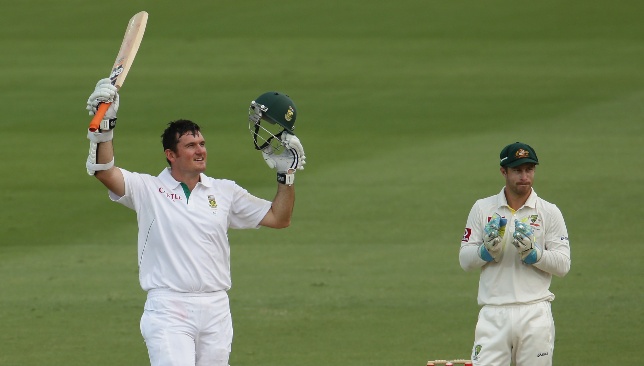
Tests are rightly considered to be the pinnacle of cricket, with no other format so rigorously examining the technique and fundamentals of a player.
Each session across the five days presents a unique challenge for the teams on hand and the changing conditions over the course of the Test only serves to heighten the tension.
Barring a few exceptions, it is generally observed that batting gets tougher as a Test progresses. Deteriorating pitches always tend to favour the bowlers, with the roughs and footmarks becoming a nightmare for batsmen.
Batting last in a five-day clash is perhaps the true test of a batsman’s credentials. Statistically, the averages of several greats like Sachin Tendulkar and Brian Lara have dropped significantly in the fourth innings.
On the contrary, there are some batsmen who revel in the scenario and are able to raise their levels in the final innings…
Geoffrey Boycott (England)
Innings: 34
Runs: 1234
Average: 58.76
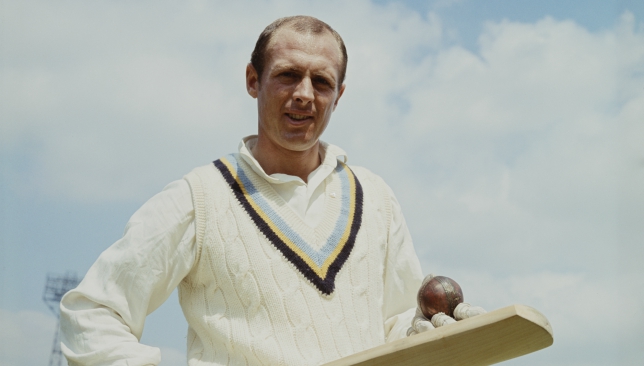
Among the batsmen to have scored a minimum of 1,000 runs in the fourth innings, none have averaged more than Geoffrey Boycott. As stubborn a character off the pitch as he was with the bat in hand, the former England great was notorious for his ability to grind down bowling attacks.
While his overall Test career average stood at a very respectable 47.72, Boycott was even harder to dislodge in the fourth innings. Some of his most memorable displays came in the final innings, including three of his 22 Test tons.
Two of those centuries were scored at Lord’s against West Indies and Australia, while the third one was registered against Pakistan in Hyderabad. The opening batsman also managed to remain unbeaten in 13 of his 34 outings in the fourth innings.
Ramnaresh Sarwan (West Indies)
Innings: 36
Runs: 1241
Average: 37.60
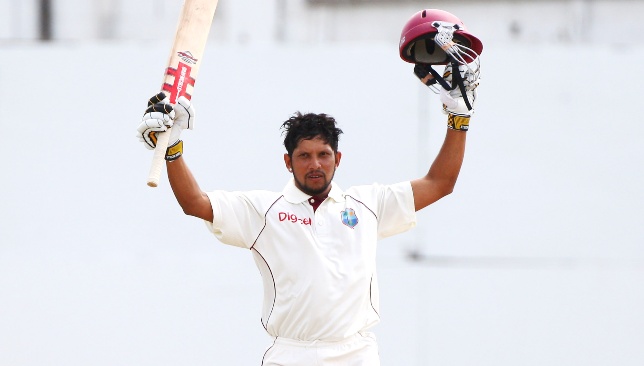
West Indies’ three-wicket win over a formidable Australia side at St. John’s in 2003 remains the highest successful fourth innings chase, and it was Ramnaresh Sarwan who was pivotal to the historic triumph.
Chasing a daunting 418 to win, West Indies were in deep trouble before Sarwan forged game-changing partnerships with Brian Lara and Shivnarine Chanderpaul.
That ton was one of four registered by the right-hander in the final innings, including another one against Australia at North Sound in 2008.
An underrated batsman who never really hogged the limelight, Sarwan played his part in saving several Tests for West Indies while batting last.
Gordon Greenidge (West Indies)
Innings: 38
Runs: 1383
Average: 53.19
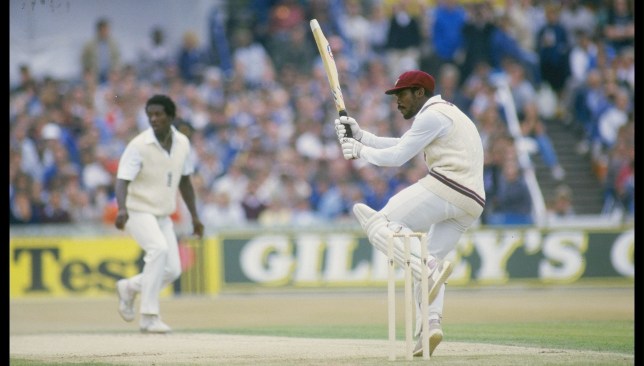
Just like Boycott, Gordon Greenidge was another opener who relished the task of batting in the fourth innings.
The destructive right-hander has three tons in the fourth innings, though it is his unbeaten 214 against England at the Lord’s Test of 1984 which remains his most iconic knock.
Despite the visitors being made to chase a tricky target of 342 in the final innings, Greenidge made it look like a walk in the park with the most belligerent of displays. Slaying an England attack containing Ian Botham and Derek Pringle, the Windies opener smashed 214 off just 242 deliveries to set up a thumping nine-wicket win.
His other two centuries while batting last were registered against Australia.
Ricky Ponting (Australia)
Innings: 43
Runs: 1462
Average: 50.41

Among the 10 most prolific run-scorers in Test history, Ricky Ponting remains the only one whose average does not take a big beating in the fourth innings. The former Australia skipper’s career average of 51.85 is not too far off from the level of his performances when batting last.
What is notable about Ponting’s four tons in the final innings is that three of them came away from home in difficult conditions. Among them was his imperious unbeaten 100 against South Africa in Cape Town (2002), where he single-handedly dragged the visitors towards a successful 331-run chase.
It is Ponting’s ability to hold his own in the final innings which separates him from the rest of the Test greats such as Tendulkar, Lara and Jacques Kallis.
Sunil Gavaskar (India)
Innings: 33
Runs: 1398
Average: 58.25
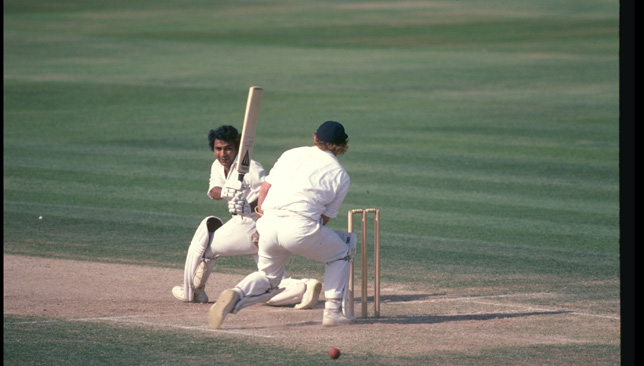
In an era filled with some of the greatest Test openers in history, Sunil Gavaskar managed to carve a special place for himself with his resolute technique.
Like his contemporary Greenidge, the Indian is among only four batsmen in history to have registered a double ton in the fourth innings. It came in a marathon 443-ball knock at the Oval in 1979, with India agonisingly close to chasing a target of 438 in a valiant performance.
That two of four centuries while batting last were scored in away Tests against the marauding West Indies speaks volumes about Gavaskar’s fourth innings credentials. One of them was a famous 102 in 1976, which helped India successfully pull of a then-record run chase of 403.
Younis Khan (Pakistan)
Innings: 40
Runs: 1465
Average: 50.51
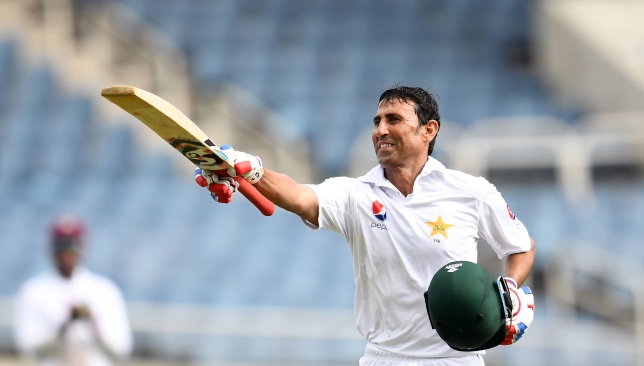
No batsman has managed to replicate or better the five fourth-innings tons registered by Pakistan great Younis Khan. Breaching triple figures on as many as five different occasions while batting last, the right-hander was a man who could stand tall in the harshest of conditions.
Three of those centuries from Pakistan’s record run-scorer came against the South Africans, although none of them ended up in a winning cause. The same fate didn’t await his fifth and final fourth innings century, which secured Pakistan’s record Test chase of 377.
It came in the form of an unbeaten 171 against Sri Lanka in Pallekele in 2015, and helped the visitors earn an emphatic seven-wicket triumph.
Graeme Smith (South Africa)
Innings: 41
Runs: 1611
Average: 51.96
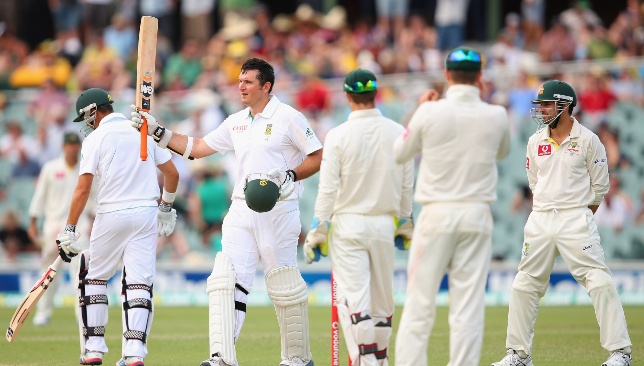
The trio of Boycott, Greenidge and Gavaskar might hold better fourth innings averages than Smith’s, but neither of them come close to the effectiveness of the South African stalwart.
If ever there was a batsman who truly embraced the toughest challenge of batting last, it was the former Proteas skipper. Three of his four Test tons in the fourth innings came away from home, with each and every one of them resulting in a victory for South Africa.
They were all registered against high-calibre opponents as well, with two of them helping the Proteas down Australia in Perth and Cape Town respectively. The remaining two were registered away in New Zealand and England, helping South Africa forge a reputation as the trickiest team to welcome for any host country.
A fighter to the core, they really don’t’ make them like Smith anymore. His defiant attempt to bat with a broken hand in a bid to save the 2009 Sydney Test, will remain the defining image of both his captaincy and batting. That the Proteas had already sealed the series triumph before arriving in Sydney tells you all you need to know about Smith’s character in the face of fire.